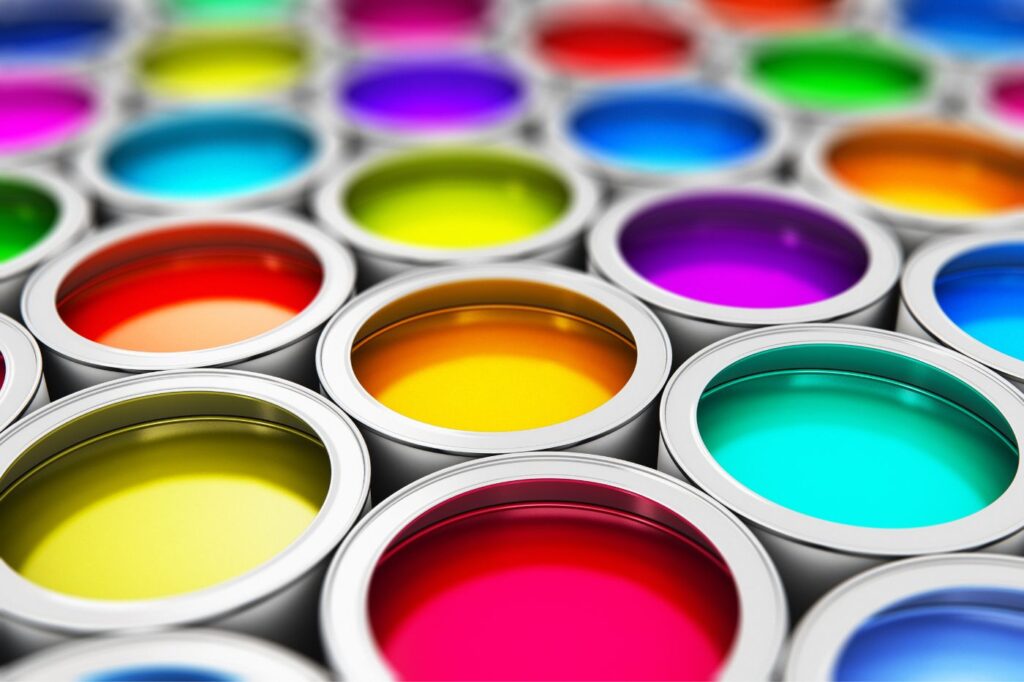Same Paint, Different Name
Heat reflective paint shows up under a mess of labels. Some legit. Some misleading. And some just made up by marketers who think coating sounds fancier than paint.

Why the Confusion?
Manufacturers love to rebrand the same basic technology. One calls it insulating paint, another says solar coating, a third invents a new term entirely—heat reflectant, cool roof membrane, you name it.
The problem? Not all of these names mean the same thing. Some don’t mean anything at all. That’s why we’ve broken down the most common aliases and what they’re actually describing (if anything). Some paints might sound like they do more than they can. Others might skip the right terms altogether and still work well. The trick is not getting fooled by the label.
And remember: just because it’s called “heat reflective” doesn’t mean it actually reflects much. Always check the SRI and our page on what is not reflective paint.
Heat Reflective Coating
When a paint is referred to as a heat reflective coating as opposed to a heat reflective paint the difference is likely nil.
A paint is a coating. Perhaps some manufacturers fancy the word coating as it implies some level of insulation, just as the word membrane implies a watertight coating.
However in our experience there is no consistent difference when a paint is referred to as a coating.
Heat Reflectant Paint
When a paint is referred to as heat reflectant (with an ‘a’) or reflectent (with an ‘e’) as opposed to heat reflective, there is no difference in the implications to the product.
It’s just poor grammar, as the word has been invented. Reflectant is actually a Dutch word that means ‘applicant’, or ‘candidate’.
So while the correct word to use would be reflective, this doesn’t rule out a product which is referred to as heat reflectant. What does rule a product out, or in, is it’s SRI – Solar Reflectance Index.
Not Heat Reflective Paint
If you have an eco conscience and are aiming for a sustainable lifestyle, you’ve no doubt been sold a lot of hogwash masquerading as advice. Unfortunately, corporate greed is willing to bend the rules of moral society to coerce you to buy their inferior products.
Some paints, even roof paints, are marketed as reflective of heat. Beware: any paint is reflective of light, to a certain extent. Even the most absorbent flat black paint is reflecting some light to your eyes, allowing you to see it’s texture, and therefore could be said to be reflecting heat as not 100% of the light was converted to heat.
So why use heat reflective paint at all? Because the amount of reflectivity in paints varies greatly depending on not only their colour but also the constituents of the paint. Additionally, heat reflective paint is designed for emissivity. If you haven’t already, please read about emissivity and solar reflectance (SRI).
This roof paint from Behr may just be a case example of paint dressed up as heat reflective paint; we’re not sure – currently waiting for Behr to return our requests for more information.
Insulating Paint
Insulating Paint, commonly marketed as reducing the amount of heat build up in your home, is not heat reflective paint, and heat reflective paints are not insulators.
Insulating paint contains particles that attempt to insulate between the difference in temperature between your home and the outside air. They are typically applied much thicker than regular or heat reflective paints. An example is this paint from NuTech.
Heat reflective paints do not attempt to insulate your home. They are more like prevention rather than treatment. Heat reflective paints prevent heat build up by reflecting as much solar radiation as possible (light) and conducting or emitting as much heat as possible (this is the opposite to an insulator) since the small amount of light that is absorbed by the paint is turned into heat and needs to be released back into the atmosphere so it doesn’t heat up your home.
So are insulating paints effective? When I compare the thickness of an insulating paint with that of insulating batts, I’m very skeptical that anything so thin could have a significant insulating effect on my home. The insulating layer on my travel mug is thicker than that…
Suffice to say they are not heat reflective paints and are not rated by SRI.
